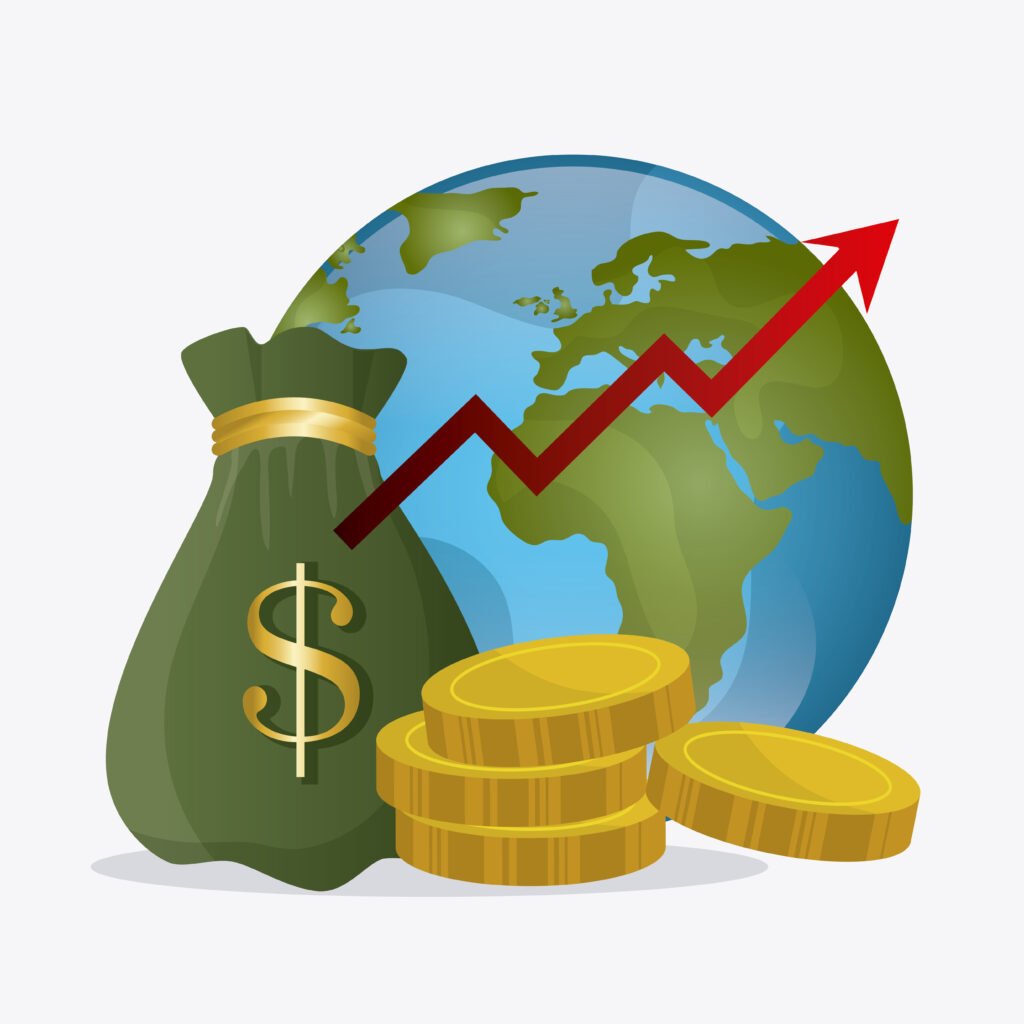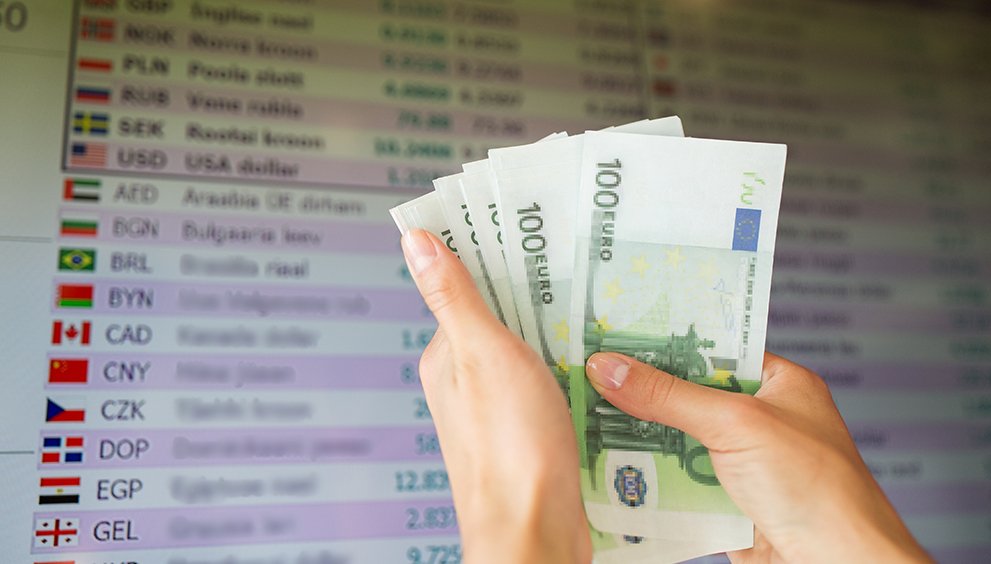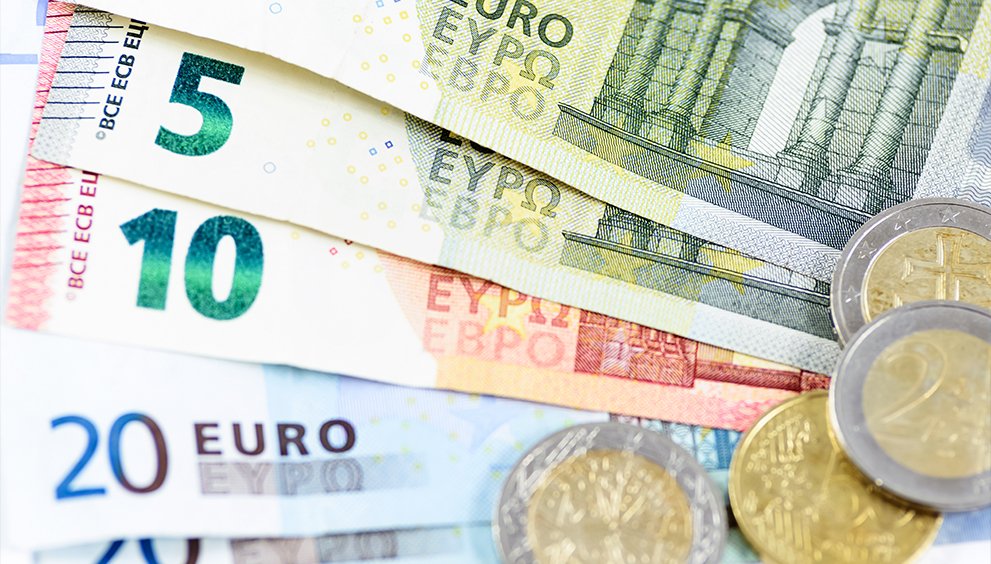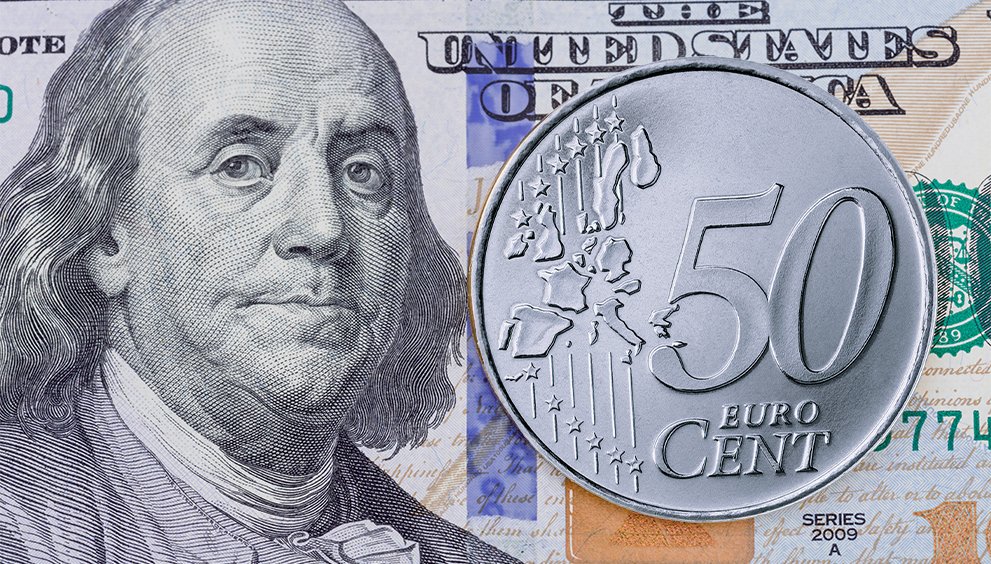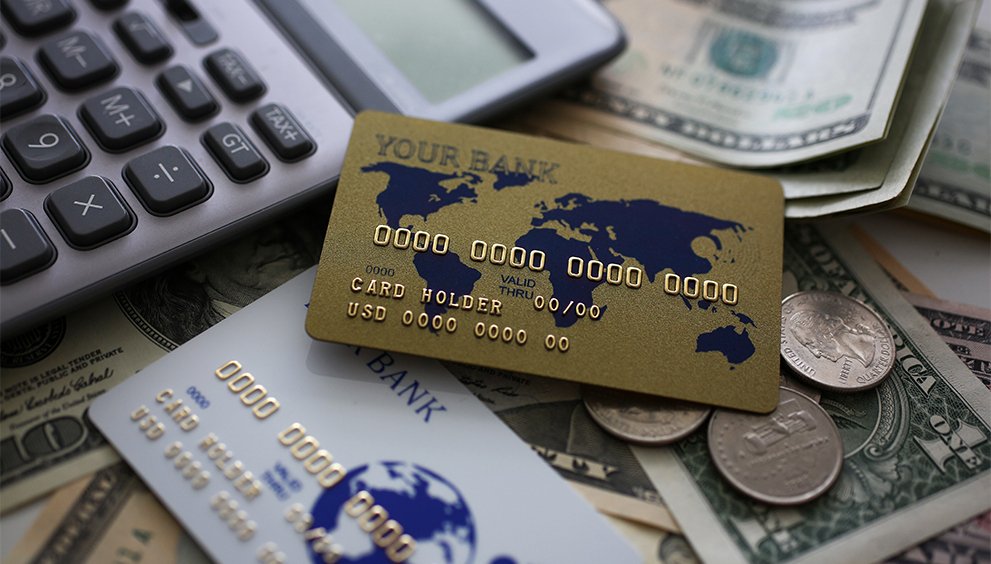GBP/USD Muted Amid BoE Rate Cut Expectations
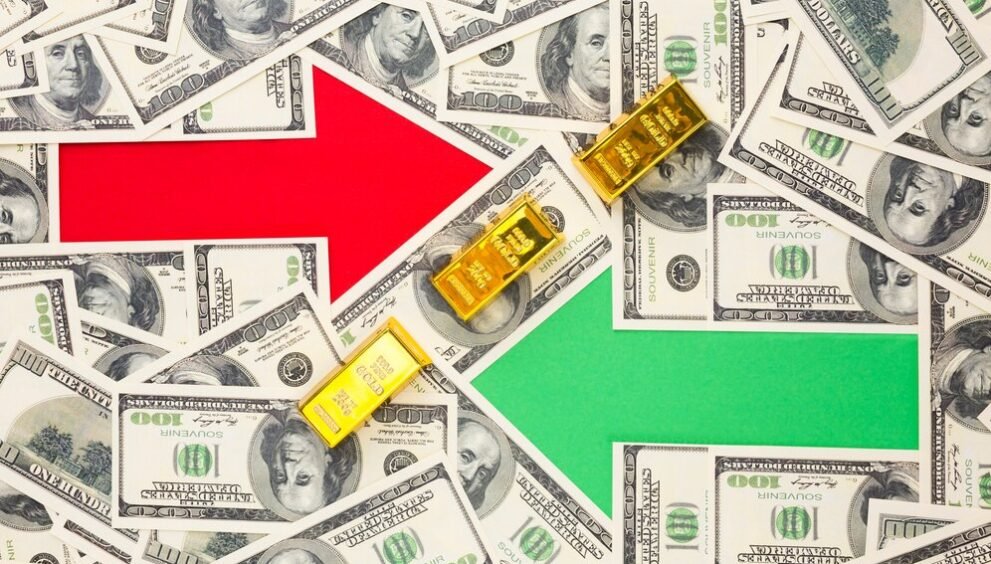
GBP/USD hovered near 1.3386 as investors braced for the US Core Personal Consumption Expenditures (PCE) Price Index, a preferred inflation gauge for the Federal Reserve. Moreover, softer-than-expected US JOLTS Job Openings data and a sharp drop in Consumer Confidence, despite ongoing uncertainty surrounding US trade negotiations, strengthened the US dollar. The US Bureau of Labour Statistics (BLS) announced that job openings in March decreased to 7.19 million, falling short of the anticipated 7.5 million and also down from the prior count of 7.48 million. This represents the lowest level since September, suggesting a decline in labour demand. Additionally, the Conference Board’s Consumer Confidence Index fell sharply to 86.0 in April, its lowest point in almost five years, greatly missing the forecast of 87.5 and the previous month’s figure of 93.9. This decline indicates growing pessimism among US consumers. The market suggests that the Employment Cost Index, which tracks total employee expenses for businesses, likely rose by 0.9% consistently. In the US private sector, employers are expected to have added 108 new jobs in April, a decrease from 155 in March. Moreover, the core PCE inflation data, regarded as the Federal Reserve’s preferred inflation gauge, is predicted to have increased by 2.6%, down from the 2.8% growth observed in February.
On the policy front, indications of easing job growth and cooling inflationary pressure may prompt market expectations that the Fed will reduce its interest rate at the June policy meeting. On Tuesday, President Trump slammed Fed Chair Jerome Powell for not easing interest rates by saying, “You’re not supposed to criticise the Fed; you’re supposed to let him do his own thing, but I know much more than he does about interest rates, believe me.” A stronger-than-expected GDP print may temper ongoing concerns about a potential economic slowdown, further strengthening the greenback.
On the other hand, there is prevailing confidence in the market that the Bank of England (BoE) will lower the interest rate by 25 bps in tomorrow’s monetary policy meeting. Megan Greene, a policymaker at the Bank of England, stated that the possible trade war could be “net disinflationary” for the UK economy during her discussion with the Atlantic Council think tank on Friday. She cautioned that there might be shockwaves in the job market due to the rise in employers’ contributions to social security schemes, which increased from 15% to 13.8% and took effect this month.
In the absence of fresh UK economic releases, broader market sentiment around the GDP Price Index and the Q1 Personal Consumption Expenditures (PCE) Price Index will influence the GBP/USD exchange rate.

EUR/JPY Climbed Ahead of BoJ Decision
EUR/JPY gained ground near 162.33, as a positive risk tone and dismal domestic data undermined demand for a safe-haven status, weighing on the Japanese yen. In March, industrial production decreased by 1.1% from the previous month, reversing February’s 2.3% increase and falling short of the anticipated 0.4% decline. This marks the second decrease in 2025, reflecting rising worries about the potential effects of US tariffs. Meanwhile, Japan’s retail sales grew by 3.1% year-over-year in March, which is less than the expected 3.5% rise but still represents the 36th consecutive month of growth. The central bank is widely expected to maintain steady interest rates due to heightened risks to the fragile economy posed by US tariffs. However, growing concerns about the economic risks from US tariffs have tempered expectations for keeping interest rates steady amid these risks, as noted by the Bank of Japan (BoJ) in its policy decision on Thursday. Investors will pay attention to the BoJ’s updated economic projections for clues about the timeline for the next rate hike, which will shape the yen’s movements.
On the other hand, dovish signals from the European Central Bank (ECB), along with a cautious market mood, benefited the euro. However, the disappointing Eurozone sentiment index, which displayed the lowest levels since November 2023, capped the euro’s upside. Preliminary data from Destatis indicated that Germany’s economy grew by 0.2% quarter-on-quarter in Q1 2025, aligning with expectations after contracting by 0.2% in Q4 2024. However, the annual GDP decreased by 0.2%, matching the reading from the previous quarter and market forecasts. Germany’s retail sales increased by 2.2% year-over-year in March, slowing from February’s 4.3% rise. The seasonally adjusted unemployment rate remained steady at 6.3% in April, its highest since September 2020, meeting expectations. Italy’s preliminary GDP rose by 0.3% quarter-on-quarter in Q1 2025, exceeding expectations of 0.2% and improving from 0.2% growth in the previous quarter. The uptick suggests a modest but steady recovery in the Italian economy. In contrast, Germany’s unemployment rate climbed to 6.3% in April 2025, the highest level since December 2015, excluding the pandemic period. The number of unemployed rose by 4,000 to 2.92 million, significantly below the forecasted increase of 15,000. Despite the smaller-than-expected rise, the data underscores persistent economic pressures and structural challenges in Europe’s largest economy. Meanwhile, French consumer spending fell sharply by 1.0% in March, contrary to expectations for flat growth and marking a decrease lower than February’s 0.2%. This indicates a significant contraction in household consumption. Despite this, France’s economy posted marginal GDP growth of 0.1% in Q1 2025, following a 0.1% contraction in Q4 2024. The slight rebound was mainly supported by inventory buildup in the chemicals, pharmaceuticals, and agro-food sectors.
Broader market sentiment around the preliminary Eurozone GDP report will guide the EUR/JPY exchange rate.

AUD/USD Subdued by Australian CPI Data
AUD/USD struggled near 0.6397 following the release of economic data from Australia and China. Australia’s Consumer Price Index (CPI) rose by 0.9% quarter-on-quarter (QoQ) in the first quarter (Q1) of 2025, compared to the 0.2% increase recorded in the fourth quarter, according to the latest data published by the Australian Bureau of Statistics (ABS) on Wednesday. The market consensus anticipated a growth of 0.8% during the reported period. Annually, Australia’s CPI inflation remained steady at 2.4% in Q1, unchanged from the previous year and above the market consensus of 2.2%. The RBA Trimmed Mean CPI for Q1 increased by 0.7% and 2.9% on a quarterly and annual basis, respectively. Markets estimated an increase of 0.7% QoQ and 2.9% year-on-year (YoY) for the quarter ending in March. The monthly Consumer Price Index remained steady at 2.4% YoY in March, compared to the prior reading of a 2.4% increase. The National Bureau of Statistics (NBS) in China reported that the Manufacturing Purchasing Managers’ Index (PMI) fell to 49.0 in April, down from 50.5 in March, which was below the expected consensus of 49.9, indicating a return to contraction. Similarly, the Non-Manufacturing PMI dropped to 50.4 in April from 50.8 in March, also falling short of the projected 50.7.
Stronger-than-expected first-quarter inflation data have dimmed the Reserve Bank of Australia’s (RBA) expectations for further monetary easing. Additionally, ongoing global trade uncertainties continue to dampen investors’ sentiment, pressuring the risk-sensitive Aussie. On Tuesday, Chinese Foreign Minister Wang Yi stated that yielding and stepping back would merely encourage the bully, highlighting that dialogue is essential for addressing disagreements.
On the other hand, renewed optimism surrounding US-China trade developments and labour market data contributed to an upbeat market sentiment, supporting the greenback. US President Trump expressed a willingness to reduce tariffs on Chinese goods, while Beijing has announced exemptions for certain US imports, provoking hopes for a quick resolution to the prolonged trade dispute between the world’s two largest economies. Yesterday’s Labour data reflected some weakness, as the Job Openings and Labor Turnover Survey (JOLTS) declined to 7.19 million in March, down from a revised 7.48 million in February and below the market expectation of 7.5 million, marking the lowest level since September 2024, and signalling cooling labour demand amid rising economic uncertainty.
In today’s session, investors will pay attention to the ADP report on private-sector employment, the Advance Q1 GDP, and the Personal Consumption and Expenditure (PCE) Price Index data for further insights into the AUD/USD exchange rate.

EUR/USD Dips Ahead of Eurozone/US Macro Data
EUR/USD edged lower to 1.1363 as investors brace for the key economic data from both the Eurozone and the United States. Dovish signals from the European Central Bank (ECB) and a cautious market sentiment supported the euro. However, a disappointing Eurozone sentiment index, which declined to its lowest level since November 2023, limited the euro’s potential gains. Preliminary data from Destatis indicated that Germany’s economy grew by 0.2% quarter-on-quarter in Q1 2025, matching expectations after contracting by 0.2% in Q4 2024. However, the annual GDP slipped by 0.2%, consistent with the preceding quarter and market predictions. In March, Germany’s retail sales rose by 2.2% year-over-year, but decelerated from the 4.3% increase in February. The seasonally adjusted unemployment rate remained steady at 6.3% in April, the highest since September 2020, as forecasted. Italy’s preliminary GDP rose by 0.3% quarter-on-quarter in Q1 2025, surpassing the expected 0.2% and well above the previous quarter’s 0.2% growth, suggesting a modest yet steady recovery in the Italian economy. Conversely, Germany’s unemployment rate increased to 6.3% in April 2025, the highest since December 2015, excluding the pandemic period. The number of unemployed individuals climbed by 4,000 to 2.92 million, significantly less than the forecasted increase of 15,000. Meanwhile, French consumer spending dropped sharply by 1.0% in March, contrary to expectations for stable growth, and represented a steeper decline than February’s 0.2% fall. This suggests a notable contraction in household consumption. Nevertheless, France’s economy recorded a slight GDP growth of 0.1% in Q1 2025, following a 0.1% contraction in Q4 2024, primarily driven by inventory accumulation in the chemicals, pharmaceuticals, and agro-food sectors.
Weaker-than-expected US JOLTS data and a sharp decline in Consumer Confidence bolstered the US dollar amid uncertainty over ongoing trade negotiations. The US Bureau of Labour Statistics declared that job openings in March decreased to 7.19 million, below the expected 7.5 million and down from 7.48 million, marking the lowest level since September and indicating decreased labour demand. Additionally, the Conference Board’s Consumer Confidence Index fell to 86.0 in April, its lowest in nearly five years, missing the forecast of 87.5 and the previous month’s 93.9. The market anticipates a 2.6% rise in core PCE inflation data, the Federal Reserve’s preferred gauge, down from 2.8% in February. Slowing job growth and decreasing inflation could set the stage for expectations of a Fed interest rate cut at the upcoming June meeting. On Tuesday, President Trump criticised Fed Chair Jerome Powell for not lowering rates, stating, “You’re not supposed to criticise the Fed, you’re supposed to let him do his own thing, but I know much more than he does about interest rates, believe me.” A stronger-than-expected GDP report may alleviate concerns about an economic slowdown, further boosting the dollar.
Investors will pay attention to the ADP report on private-sector employment, the Advance Q1 GDP, and the Personal Consumption and Expenditure (PCE) Price Index for fresh impetus on the EUR/USD exchange rate.



 English
English 


































